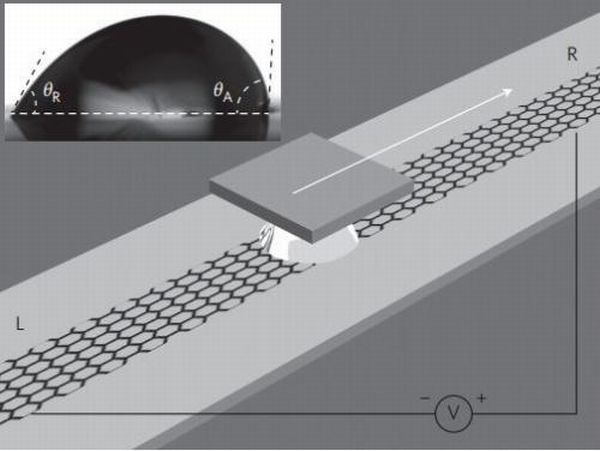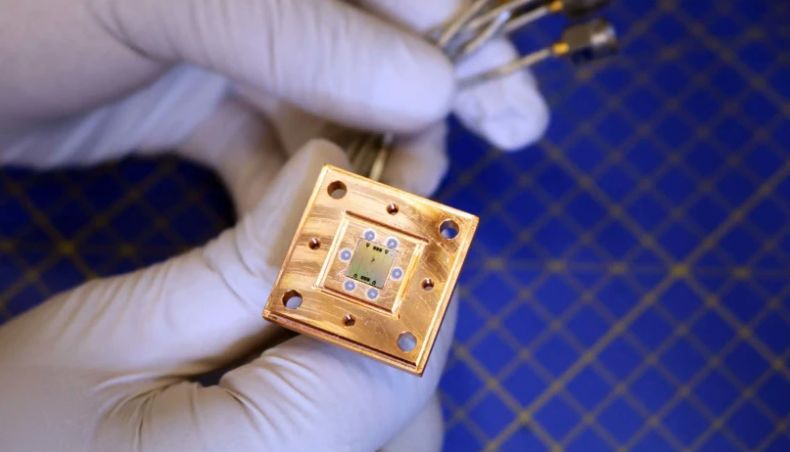Call it serendipity or chance, a group of researchers at Nanjing University of Aeronautics and Astronautics in China while conducting an experiment of creating voltage by plunging carbon nanotubes in a flowing liquid hit upon a discovery of generating electricity by dragging saltwater over a piece of graphene.
Traditional Techniques
Conventionally, producing electricity via graphene has always been an expensive task plus its unique electrical properties have required for immense work from the end of researchers.
One approach includes pushing of ionic fluids through various forms of nanostructures but the pressure gradient that is applied for the technique creates inefficiency in the overall workings. Another mechanism involves dipping and keeping the carbon nanotubes in running water to create electricity but pressure gradient is again required in this scenario as well.
However, the recent experiment has demonstrated a way to capture electricity without the presence of pressure gradient or any other mechanism except gravity.
The Experiment: Dragging Saltwater Over Graphene
Researchers placed drops of salt water or ionic solution over a single layer of graphene and then dragged them around. They observed that their action led to the production of electricity. Addition of more drops or higher the velocity of dragging further escalated the voltage.
Why this happens?
When a drop is at rest on the layer of graphene, any charge is distributed uniformly across the sides, leaving zero net potential difference between them. However, when it is moved or slide over the graphene sheet, the allocation of charge alters, for instance, electrons are absorbed at one end while exuded at the other giving out minor voltage of around 30mV.
The discovery won’t hit the commercial scale as of now since mass production of graphene is still an expensive job. But if any time, mass amounts of graphene falls to reasonable price, people then would be able to create their own personal electricity, envision the researchers.




